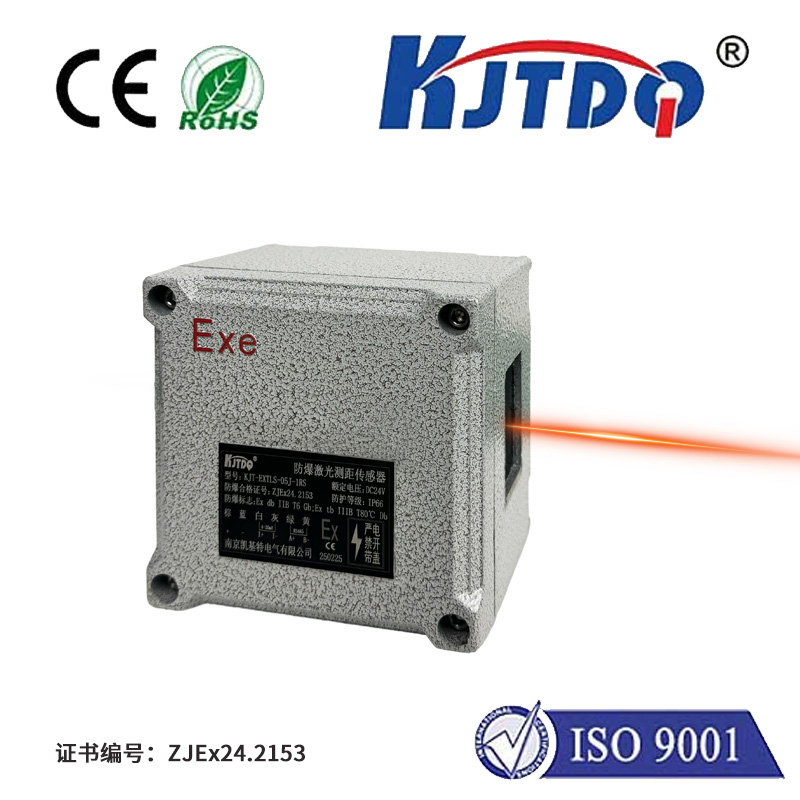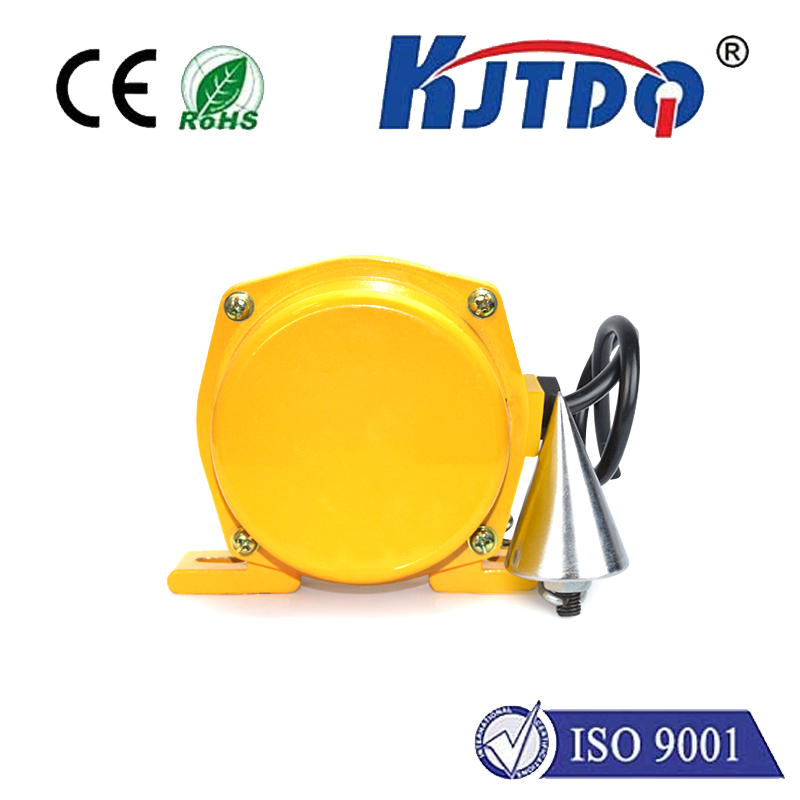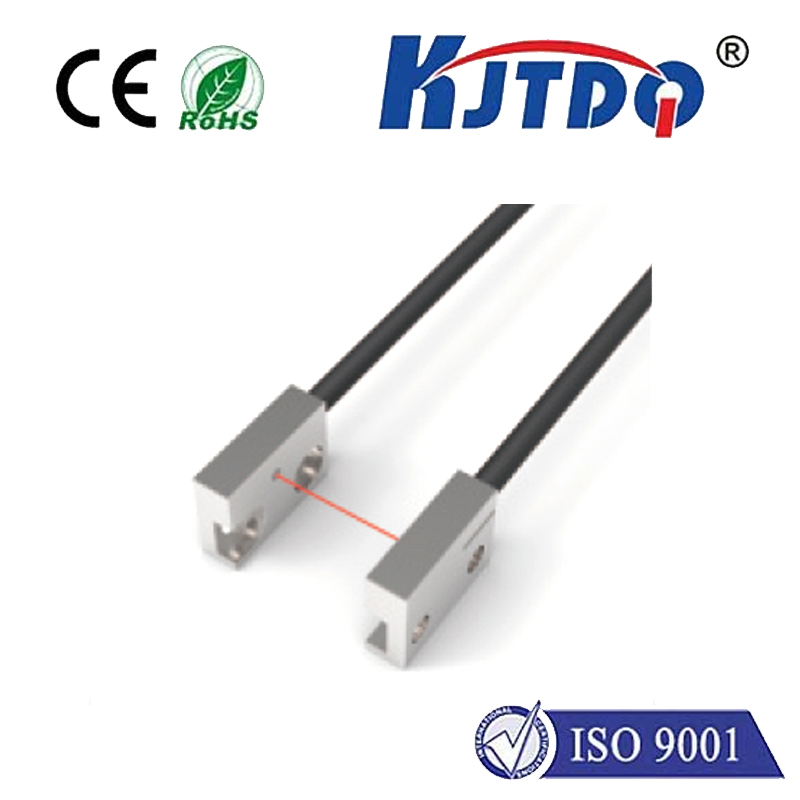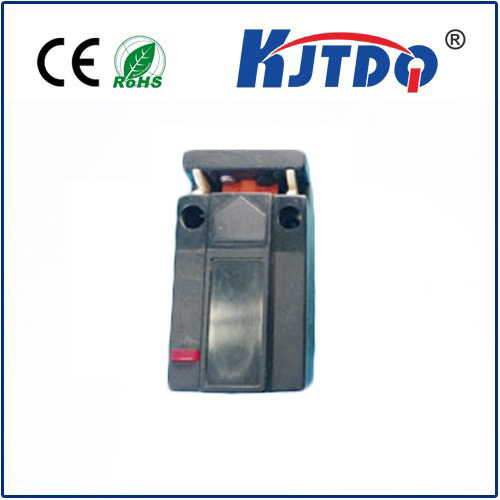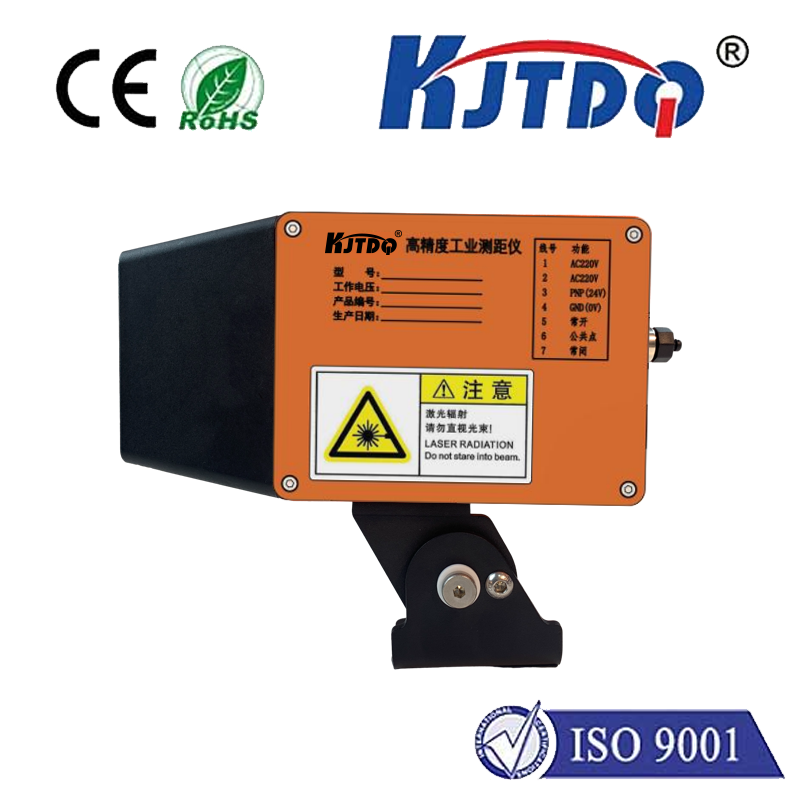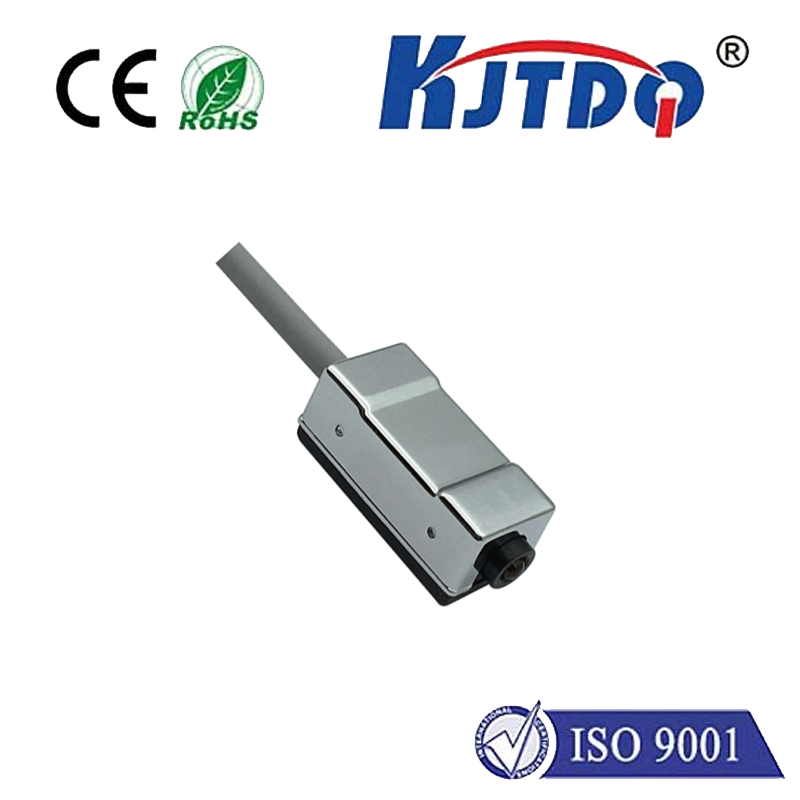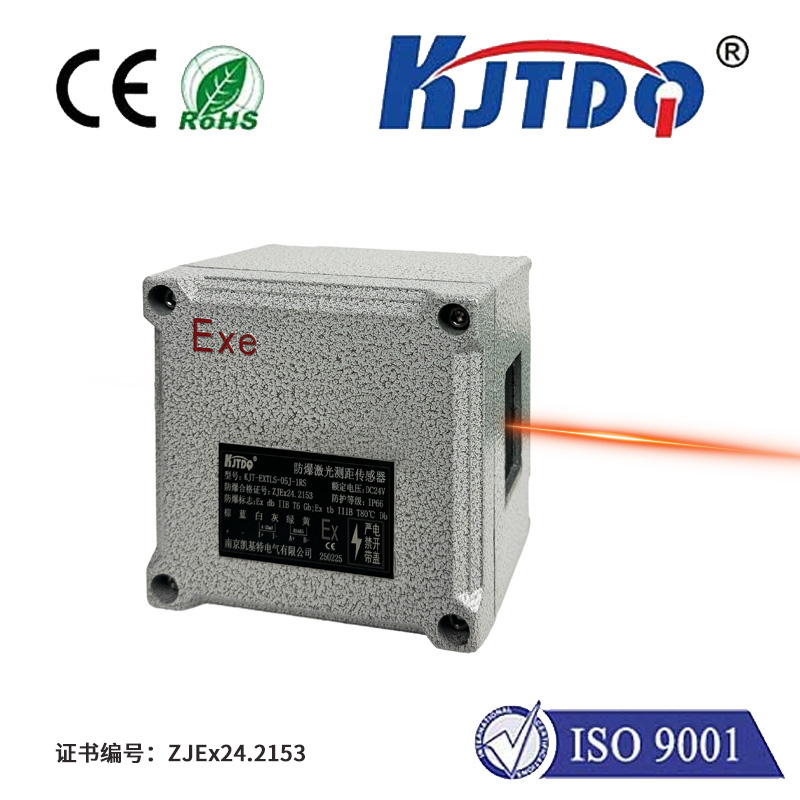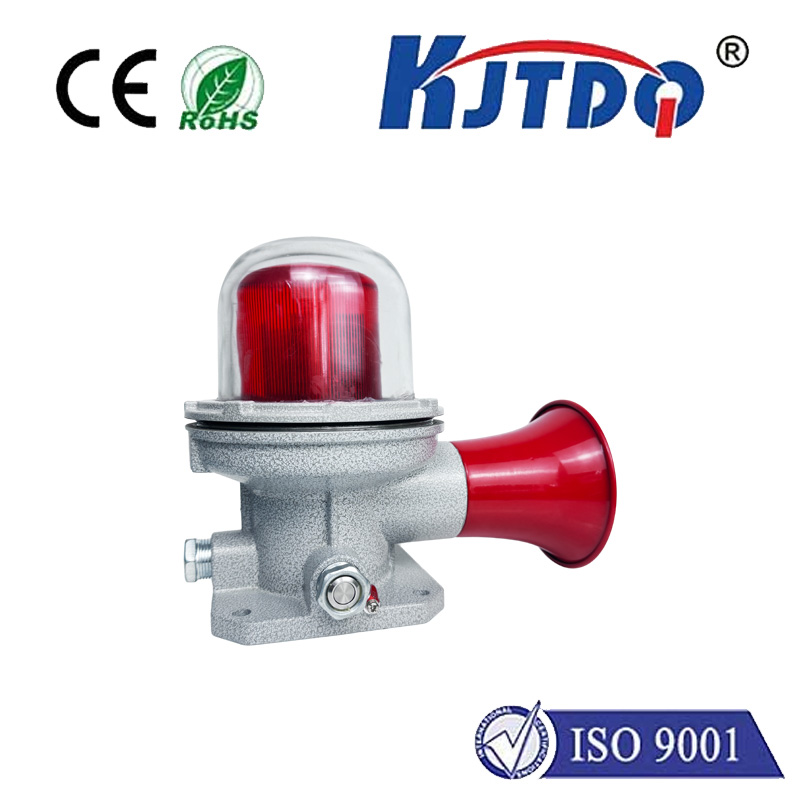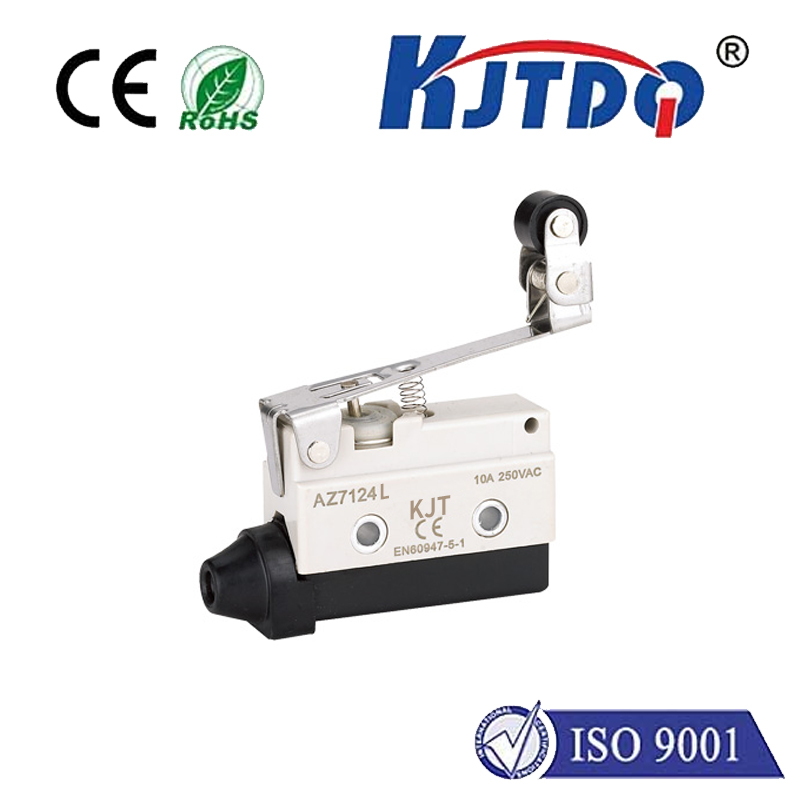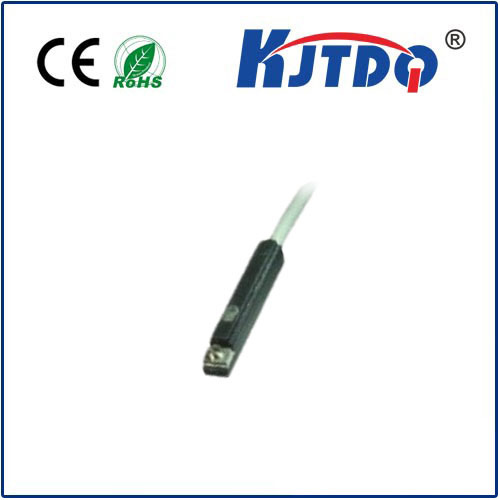
check

check

check

check

check

check

check

check

check

check
Title: Understanding Limit Switch, Roller Arm, and Their Role in Industrial Automation Systems
In today's industrial automation systems, limit switches and roller arms play a crucial role in ensuring efficient and reliable performance. These components work together to protect machinery from excessive or sudden loads, preventing damage and maintaining safety. In this article, we will discuss the basics of limit switches and roller arms, their functions, and how they are integrated into industrial automation systems.
1. Limit Switches: An Overview
A limit switch is a mechanical device that detects the position of a machine's travel limit or switch point. It typically consists of a movable arm attached to a pivot point, which can move in two directions (upwards or downwards). When the arm reaches its limit position (usually marked on the switch body), it contacts an electrical contactor, triggering an electrical signal that can be used to control the machine's action.
Limit switches come in various types, including magnetic limits (also known as reed switches or inductive switches), photocell limits, and optocoupler-based limits. Each type has its advantages and limitations, depending on the specific application and requirements of the system.
1. Roller Arms: The Protective Component
Roller arms, also known as push rods or slide rails, are linear motion elements used in various applications where precise positioning and control are necessary. They are typically made of materials such as stainless steel, aluminum, or plastic, and can be adjusted in length to accommodate different machines and tasks.
Roller arms function as a protective component in industrial automation systems by monitoring the movement of machinery and providing feedback to the control system. If any abnormal activity or overload occurs, the roller arm can trigger an alarm or block further motion until the problem is resolved. This helps prevent damage to equipment and ensures safe operation in hazardous environments.
1. Integration of Limit Switches and Roller Arms
The integration of limit switches and roller arms requires careful consideration to ensure proper functionality and reliability. Typically, these components are installed at strategic points along the machine's travel path, with the limit switch detecting the end of travel and the roller arm providing continuous feedback to the control system.
In some cases, additional protection devices may be included in conjunction with limit switches and roller arms. For example, a pressure sensor might be placed near the machine's moving parts to detect high-pressure situations and trigger an emergency stop. Similarly, a thermal sensor could detect overheating and trigger an automatic shutdown if necessary.
Overall, the combination of limit switches and roller arms provides robust protection for industrial automation systems by monitoring machine movements and preventing accidents or damages. When installed correctly and calibrated appropriately, these components can significantly improve the efficiency, safety, and longevity of your manufacturing processes.
